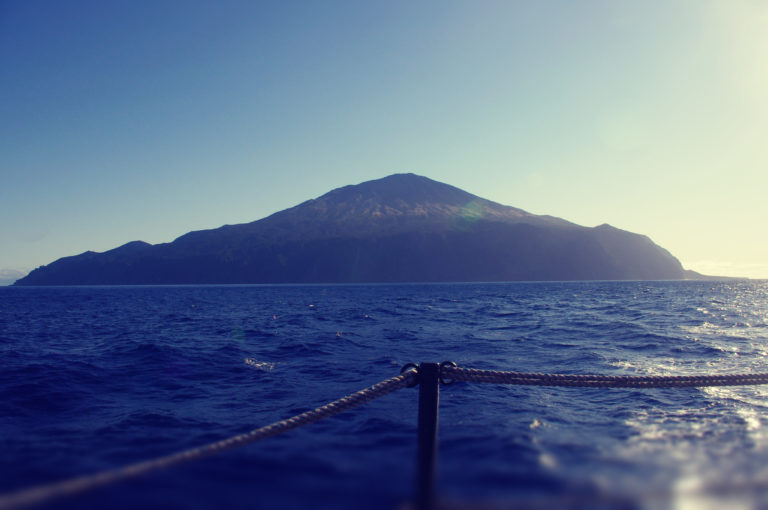Thanks to modern technology and air travel, the world is forever becoming a smaller place. Where journeys from one continent to another once took months, they now take hours, and sometimes it seems like there is nowhere left for a would-be adventurer to really get away from it all. Still, if you have the time, money, and know-how, there are still some places off the map or just barely on it that remain shrouded in mystery simply by virtue of being really difficult to reach.
[zombify_post]

0 Comments